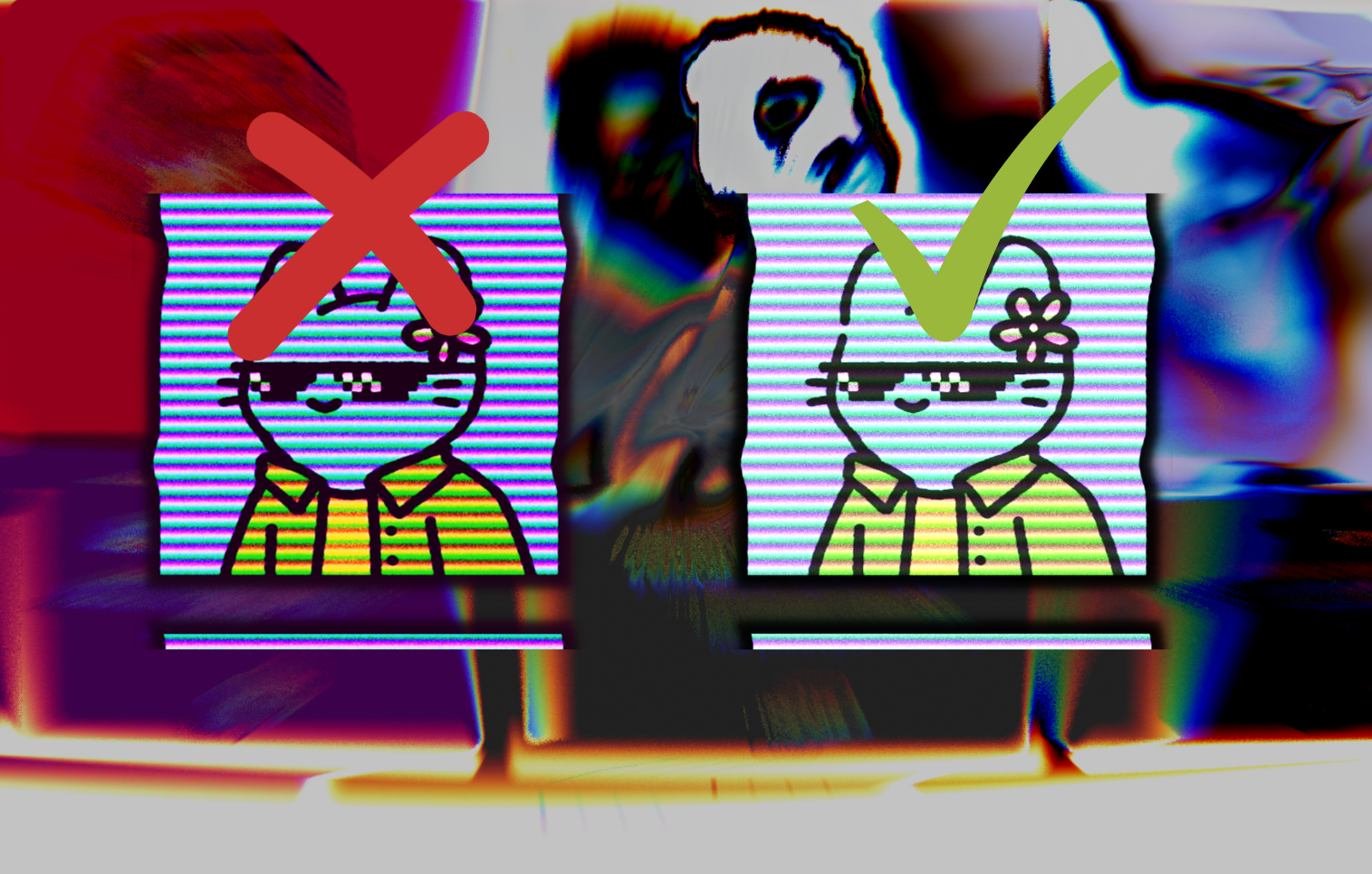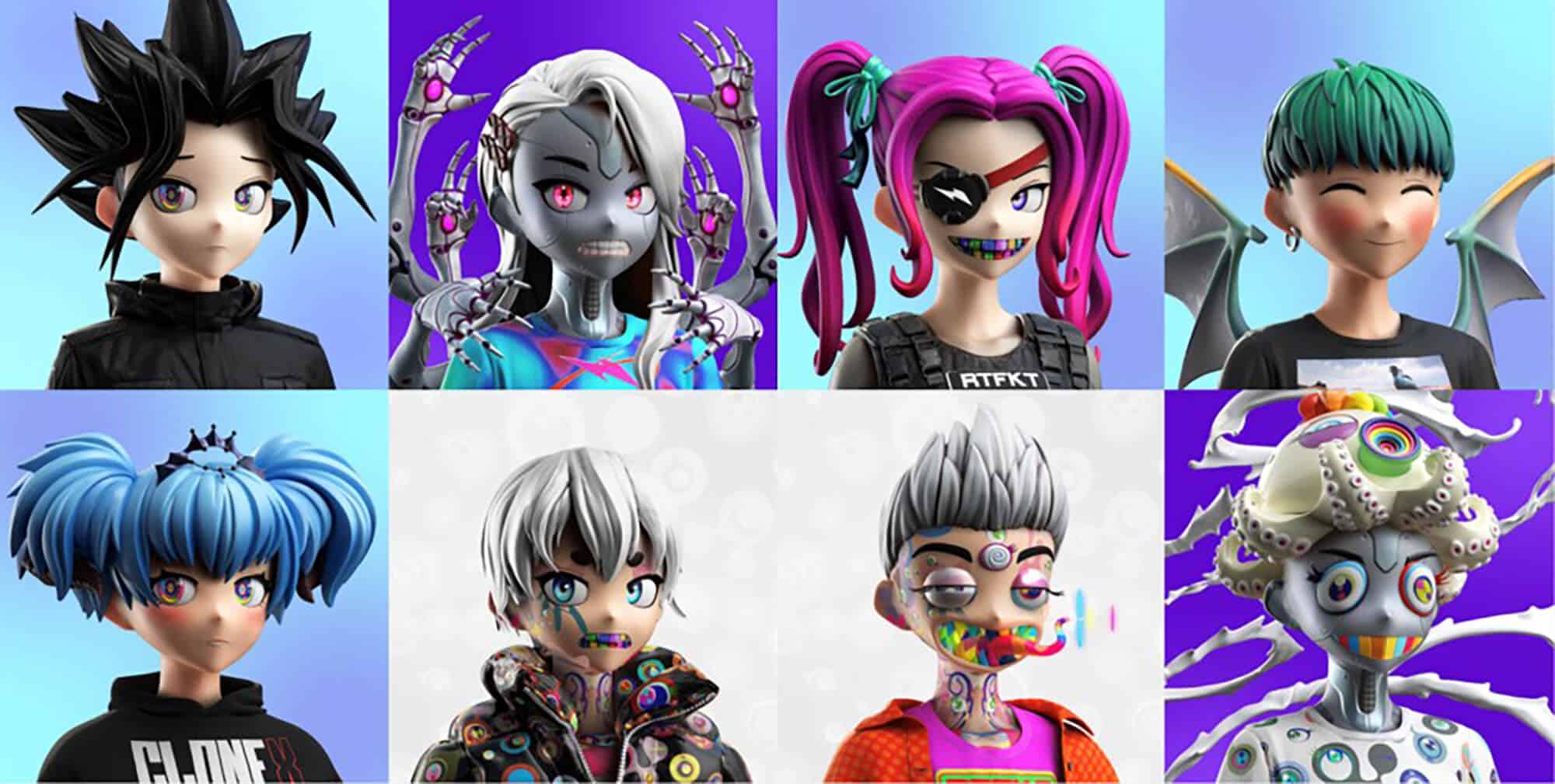7 Steps How To Authenticate NFTs Like A Pro
Unlock the secrets of NFT authentication! Learn how to authenticate nfts like a pro with our comprehensive guide. Discover the essential steps to verify the legitimacy of your digital assets and dive into the world of blockchain security.
Author:Camilo WoodReviewer:Stefano MclaughlinMar 06, 20242.8K Shares67.2K Views

It might be difficult to navigate the ever-changing world of Non-Fungible Tokens (NFTs) and determine How To Authenticate NFTs. Unfortunately, a lot of individuals are duped by counterfeit NFTs since they don't know enough about validation techniques.
This post seeks to streamline this procedure by offering simple guidelines you may use to verify the authenticity of any NFT you're thinking about buying. Curious? Stay put while we help you solve this riddle!
Mastering NFT Authentication
The world of NFTs (Non-Fungible Tokens) is exciting, but with its potential comes the risk of encountering fraudulent or inauthentic tokens. Always keep in mind that anything that seems too good to be true is usually a fraud, so you should remain extremely cautious.
For example, if someone is asking 1 ETH for a CryptoPunks NFT, but a reliable cryptocurrency data source like CoinMarketCap indicates that the collection's average price is over 60 ETH, you should be concerned. Prior to purchasing an NFT, consider whether and how it has been authenticated.
To ensure you're dealing with the real deal, follow these 7 steps to authenticate your NFTs like a pro:
1. Verify Ownership On The Blockchain
Every NFT resides on a blockchain, a digital ledger recording ownership transparently. Utilize blockchain explorers like [Etherscan] or [OpenSea]to search for the NFT's contract address and confirm the creator's wallet address matches the information provided by the seller.
2. Examine The Transaction History
Look beyond the current ownership. Check the NFT's transaction history on the blockchain explorer to gain insights into its origin, past sales, and potential red flags like suspicious transfers or multiple mints.
3. Scrutinize The Smart Contract
Smart contracts are the self-executing code governing NFTs. Use code-verification tools to analyze the contract and ensure it aligns with the advertised functionalities and doesn't contain any vulnerabilities or malicious code.
4. Check For Replicated Or Copied NFTs
While the blockchain verifies ownership, anyone can copy an NFT's image or file. Use plagiarism detection tools or compare the NFT's details with the original creator's portfolio to identify potential replicas.
5. Look For Established Marketplaces
Purchase NFTs from reputable marketplaces like [OpenSea] or [Rarible] that implement robust authentication measures and escrow services to protect both buyers and sellers.
6. Beware Of "Free" Or Unusually Cheap NFTs
If an NFT seems too good to be true, it probably is. Be cautious of "free" mints or NFTs offered at significantly lower prices than their market value, as they could be scams or imitations.
7. Engage With The Community
The NFT community thrives on interaction. Join the project's Discord server, Telegram group, or other online forums to connect with creators, collectors, and moderators. They can provide valuable insights into the NFT's authenticity and potential red flags.
Methods To Verify NFT Authenticity
You can investigate the owner's social media accounts, examine the NFT's information, validate it with a blockchain explorer such as Etherscan.io, look for its digital certificate, and watch out for any red flags in order to confirm the validity of an NFT.
1. Examine The Social Media Accounts Of The NFT Proprietor
Examining the social media accounts of the NFT owner can assist confirm that the NFT is authentic. Here are a few actions to do:
1. Start by performing a straightforward search on websites like Twitter and Instagram for the owner's name or username.
2. Examine what they have posted. An authentic NFT holder will frequently talk about their NFTs.
3. Verify whether they discuss NFTs from other persons in addition to their own.
4. Check to see if they upload images of the NFT-related artwork.
5. Look out for any indications that they may not be who they claim to be.
2. Examine The Metadata For NFTs
Verify an NFT's legitimacy by looking through its metadata. Here's how to do it:
1. Look over the data that is embedded in the NFT, including the image, description, and title. You can learn more about its authenticity and origins from this.
2. Seek out any extra information or characteristics, such signatures or unique identifiers, that offer evidence of validity.
3. Verify whether the metadata supports the statements provided by the NFT vendor or creator. Any discrepancies could point to a possible fake.
4. Check to make sure the metadata hasn't been altered or tampered with. Modifications could indicate dishonest behavior.
5. Utilize a blockchain explorer such as Etherscan.io to examine and verify the NFT's information in relation to the blockchain smart contract that it is linked with.
The Importance Of NFT Authentication
To make sure you are purchasing or investing in real digital assets, it is imperative that you confirm the legitimacy of NFTs. The growing acceptance of NFTs has coincided with an increase in fraudulent and phony NFT listings.You can be sure that an NFT is a unique and original work by having it authenticated.
Verifying the authenticity of an NFT shields you from buying fake or stolen digital art and proves ownership. Additionally, it supports the integrity and worth of the NFT market as a whole.
Purchasing fake copies or duplicates that are worthless is possible if proper authentication isn't done.
An NFT can be verified for authenticity by looking at its metadata using a blockchain explorer such as Etherscan.io. This confirms the authenticity of the NFT by enabling you to track its history and transaction data.
Risks And Legal Considerations
NFTs have interesting opportunities, but there are hazards involved, including the possibility of scams.The following are some typical NFT-related hazards and scams:
- False NFTs- To take advantage of purchasers' ignorance, con artists may fabricate false NFTs and try to pass them off as real.
- Ponzi scams- Although some NFT ventures seem to be offering substantial returns to early investors, they are actually Ponzi scams that depend on new investors to make up for losses experienced by previous participants.
- Phishing Attacks- Exercise caution when you come across attempts by scammers to obtain your personal information or NFT assets by using phony emails or websites.
- Rug Pulls - When developers exit projects after raising money, they leave investors with worthless tokens in decentralized finance (DeFi) and NFT ventures.
- Theft of Art and Copyright Violations- A few NFTs may include content that violates copyright or is stolen, which may give rise to legal issues.
What Is A Counterfeit NFT And Why Is Authentication Crucial?
You might believe that since every NFT is unique, you can purchase one with confidence knowing that it is the only one of its kind. The issue lies here, though: genuineness. Even though each NFT is distinct, there is nothing stopping a con artist from digitally ripping off someone else's creation, minting it as an NFT, and then peddling it as a legitimate release.
But the NFT in question would be counterfeit. The original creator has not given any approval for the work, which has been stolen and made by a con artist looking to make money off of someone else's creativity. For this reason, NFT authentication is crucial for anyone thinking about purchasing NFTs.
FAQ's About How To Authenticate NFTs
How Can The Legitimacy Of An NFT Be Confirmed?
Using specific NFT verification techniques, you can determine whether NFTs are legitimate. This can entail performing a reverse image search, verifying blockchain validation, or confirming the ownership of the NFT.
What Does An NFT's Validation Mean?
Verifying an NFT entails comparing its blockchain records' evidence of validity with the smart contract's metadata. You can determine if what you have is real in this way.
How Can I Avoid Being Duped When Purchasing NFTs?
Use tried-and-true methods to verify authenticity and spot reliable NTFs in order to stay away from scams. These methods include adhering to the correct procedures for preserving provenance and verifying its legitimacy using blockchain validation.
Conclusion
In the current digital era, verifying the legitimacy of an NFT is essential. You may authenticate an NFT and guard against fraud by using blockchain explorers like Etherscan.io, confirming the NFT owner's social media profiles, and reviewing the NFT's information.
With NFTs becoming more and more popular, it's critical to keep up with verification techniques and exercise caution when interacting with vendors or transactions that look too good to be true.You may enjoy the benefits of NFTs and explore the globe with confidence without falling prey to fraud or counterfeit merchandise by following these instructions.

Camilo Wood
Author

Stefano Mclaughlin
Reviewer
Latest Articles
Popular Articles

